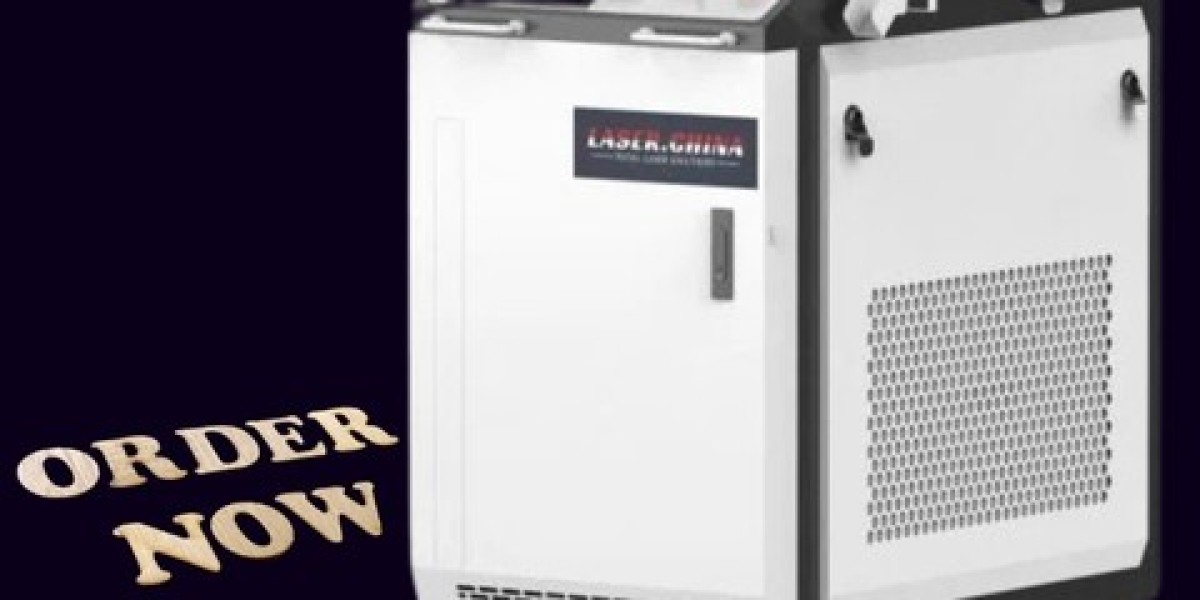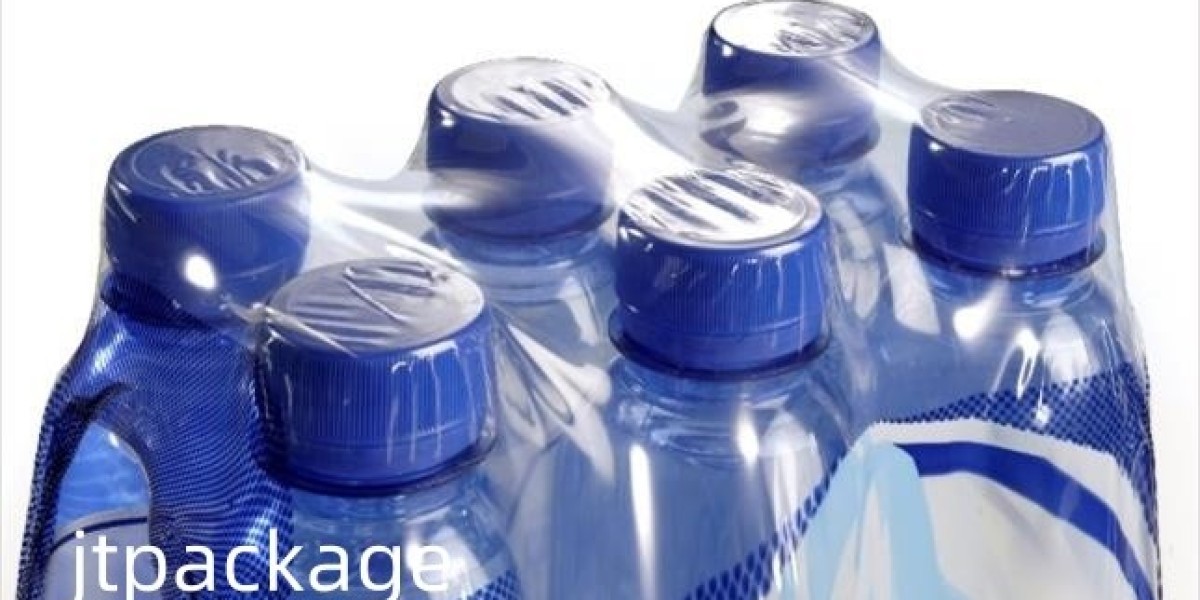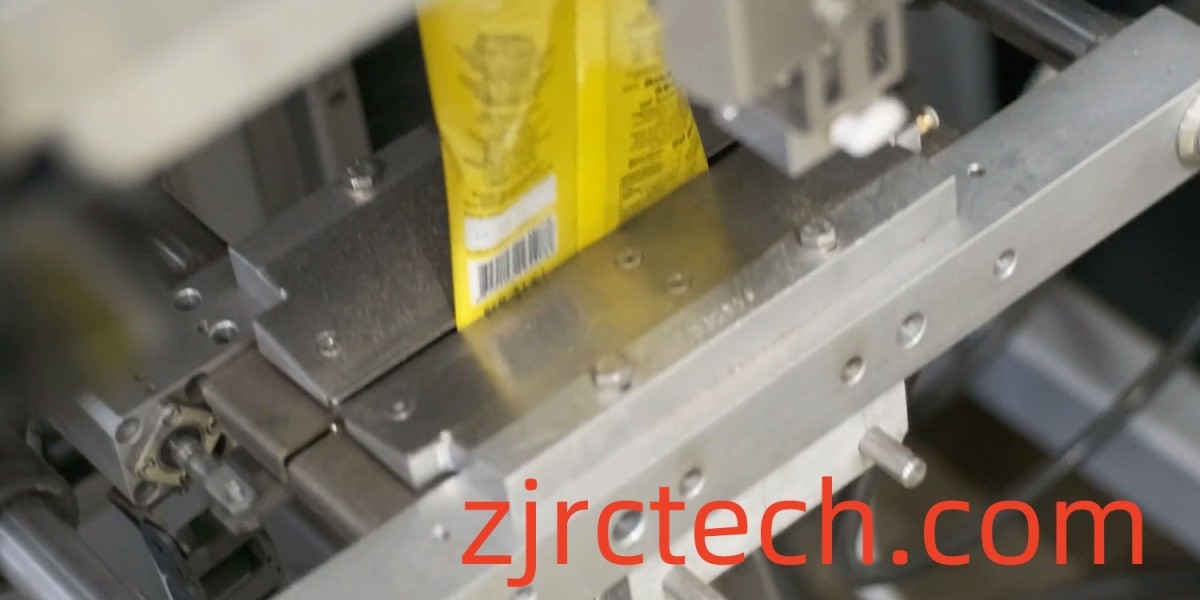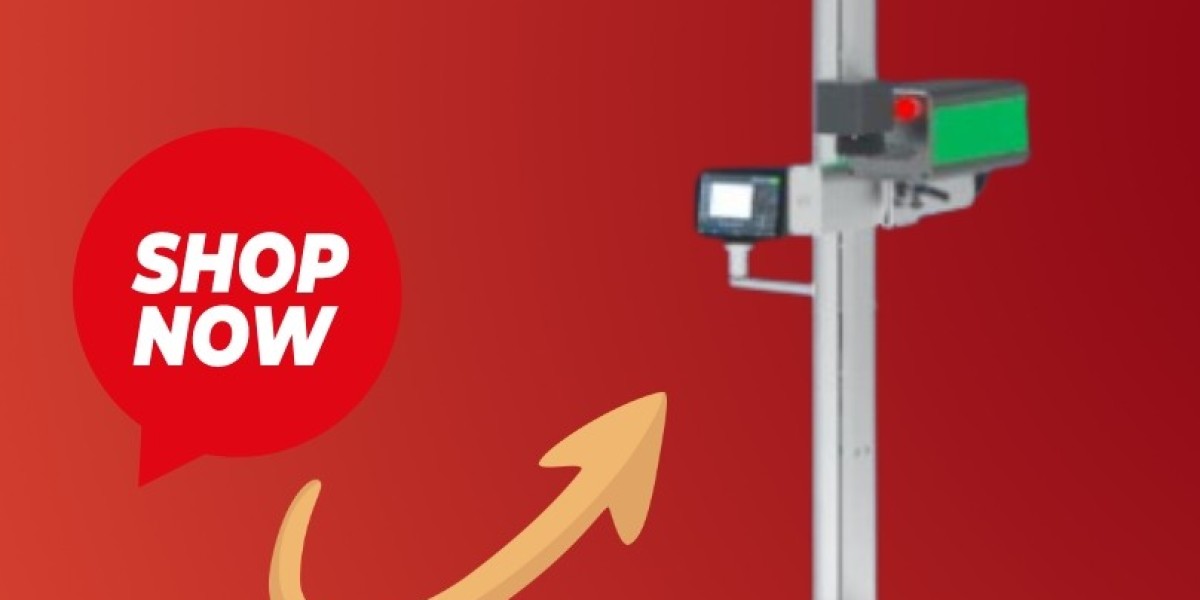Buying Baseball field equipment online can be both exciting and overwhelming. On one hand, the convenience of browsing multiple products from your home is unbeatable. On the other hand, the lack of physical inspection means you need to be more careful in making decisions. For teams, schools, and training facilities, getting the right gear isn’t just about having the basics—it’s about ensuring that every piece of equipment is safe, durable, and suited for the field conditions you have.
The online marketplace offers endless options for baseball gear—everything from pitching mounds to field maintenance tools, nets, mats, and scoreboards. But without the right approach, you could end up with items that don’t match your needs, wear out too quickly, or fail to meet league standards. In this guide, we’ll walk through the do’s and don’ts of buying baseball field equipment online, giving you practical, fact-based tips to help you make the best choices.
Understanding Baseball Field Equipment
When we talk about Baseball field equipment, we’re referring to all the tools and products used to set up, maintain, and enhance a baseball field for games and practice. This includes permanent fixtures like bases, backstops, pitching rubbers, and foul poles, as well as portable items like batting cages, practice nets, turf mats, and protective screens.
A proper field setup supports not only the players but also coaches, groundskeepers, and even spectators. The quality and condition of the equipment directly affect player safety, game flow, and training efficiency. That’s why purchasing the right gear—especially when shopping online—requires careful attention to details such as dimensions, materials, durability, and compliance with regulations.
Do: Know Your Field’s Requirements Before Buying
One of the most common mistakes is purchasing equipment without understanding the field’s specifications. For example, the distance between bases, the height of the pitching mound, and the dimensions of the backstop can vary depending on whether the field is for youth leagues, high school, college, or professional-level play.
Before placing an order online, take precise measurements of your field and confirm any league or tournament requirements. Many leagues follow standards set by organizations like Little League, NFHS, NCAA, or MLB. Buying equipment that doesn’t meet these specifications can lead to wasted money and delays in game schedules.
Don’t: Assume One-Size-Fits-All
Not all baseball fields are the same. Equipment that works well on one field might not be suitable for another due to surface type, space constraints, or weather conditions. For example, turf-based fields may require different pitching rubbers or home plates compared to dirt infields. Portable fencing and foul poles might also vary in stability depending on whether they’re used on grass or artificial turf.
When shopping online, look for detailed product descriptions that specify intended use. If the listing is vague or unclear, contact the seller or manufacturer for clarification before making a purchase.
Do: Prioritize Safety
Safety is the most important factor in choosing Baseball field equipment. Items like protective screens, netting, and fencing prevent injuries during batting practice or games. Even bases, which might seem like a simple purchase, can have a huge impact on safety. Breakaway bases, for instance, are designed to reduce leg injuries when sliding.
For batting practice, the right cage setup is crucial. Indoor training facilities often use Indoor batting cages with high-strength netting to ensure balls stay within the practice area. Outdoor training, on the other hand, may require sturdier, weather-resistant structures like Outdoor batting cages to handle wind, rain, and sun exposure.
Safety also means checking for certifications or compliance with sports safety standards, especially for youth leagues.
Don’t: Ignore Material Quality
The quality of materials determines how long your equipment will last and how well it will perform. Online shopping can sometimes make it difficult to judge material quality, but there are ways to get a good idea. Look for specifications such as:
Gauge of steel for frames
UV resistance for netting
Weatherproof coatings for outdoor equipment
Turf grade for mats
High-quality materials may cost more initially but will save money over time by reducing the need for frequent replacements.
Do: Read Verified Reviews
Online reviews can provide valuable insights into real-world performance, but not all reviews are equally useful. Focus on verified purchases and look for detailed feedback rather than short, generic comments. Pay attention to reviews from organizations similar to yours—if you manage a high school team, feedback from another school will be more relevant than reviews from an individual backyard user.
Don’t: Forget About Shipping and Assembly
Large field equipment can be heavy, bulky, and expensive to ship. Before placing an order, factor in shipping costs, delivery timelines, and assembly requirements. Some equipment may arrive in multiple boxes with assembly instructions that require specialized tools. In some cases, professional installation may be needed, especially for permanent fixtures like backstops or scoreboard systems.
Do: Compare Trusted Brands and Sellers
Reputable brands and established suppliers usually have better quality control, warranty policies, and customer support. Buying from a trusted source reduces the risk of receiving substandard products. Look for suppliers who specialize in sports equipment rather than general retailers.
Don’t: Overlook Maintenance Requirements
Even the best equipment requires maintenance to stay in top condition. Netting should be checked for holes, bases cleaned and stored properly, and turf mats brushed regularly to prevent wear. Before purchasing, ask the seller about recommended maintenance practices and replacement parts availability.
Do: Match Equipment to Usage Frequency
If your field is used daily for practices and games, you’ll need heavier-duty gear compared to a field that hosts occasional weekend games. For high-traffic environments, invest in professional-grade products that can withstand constant use.
Don’t: Be Afraid to Ask Questions
Online shopping doesn’t mean you can’t interact with sellers. Good suppliers welcome questions and can provide additional details, photos, or videos of the product in use. Asking questions helps you confirm whether the item will meet your needs before committing.
Conclusion
Buying Baseball field equipment online can save time and open access to a wider range of products, but it comes with the responsibility of careful research. By knowing your field’s requirements, prioritizing safety, checking material quality, and working with trusted suppliers, you can make purchases that will serve your team for years. Avoid the common pitfalls of guessing specifications, overlooking shipping details, or settling for low-quality materials. A thoughtful approach ensures your field remains safe, functional, and ready for every game.
FAQs
1. What is the most essential piece of baseball field equipment for a new field?
Bases, home plate, and pitching mound equipment are essential starting points, followed by safety netting and backstops.
2. How often should baseball field equipment be replaced?
It depends on usage and material quality. High-use fields may need to replace netting every 1–2 years, while bases and plates can last several seasons with proper care.
3. Can indoor and outdoor batting cages use the same netting?
Not always. Outdoor cages require UV-resistant, weatherproof netting, while indoor cages can use lighter, non-weatherproof options.
4. Is it better to buy baseball field equipment in a set or individually?
Sets can save money and ensure compatibility, but individual purchases allow for customized upgrades.







